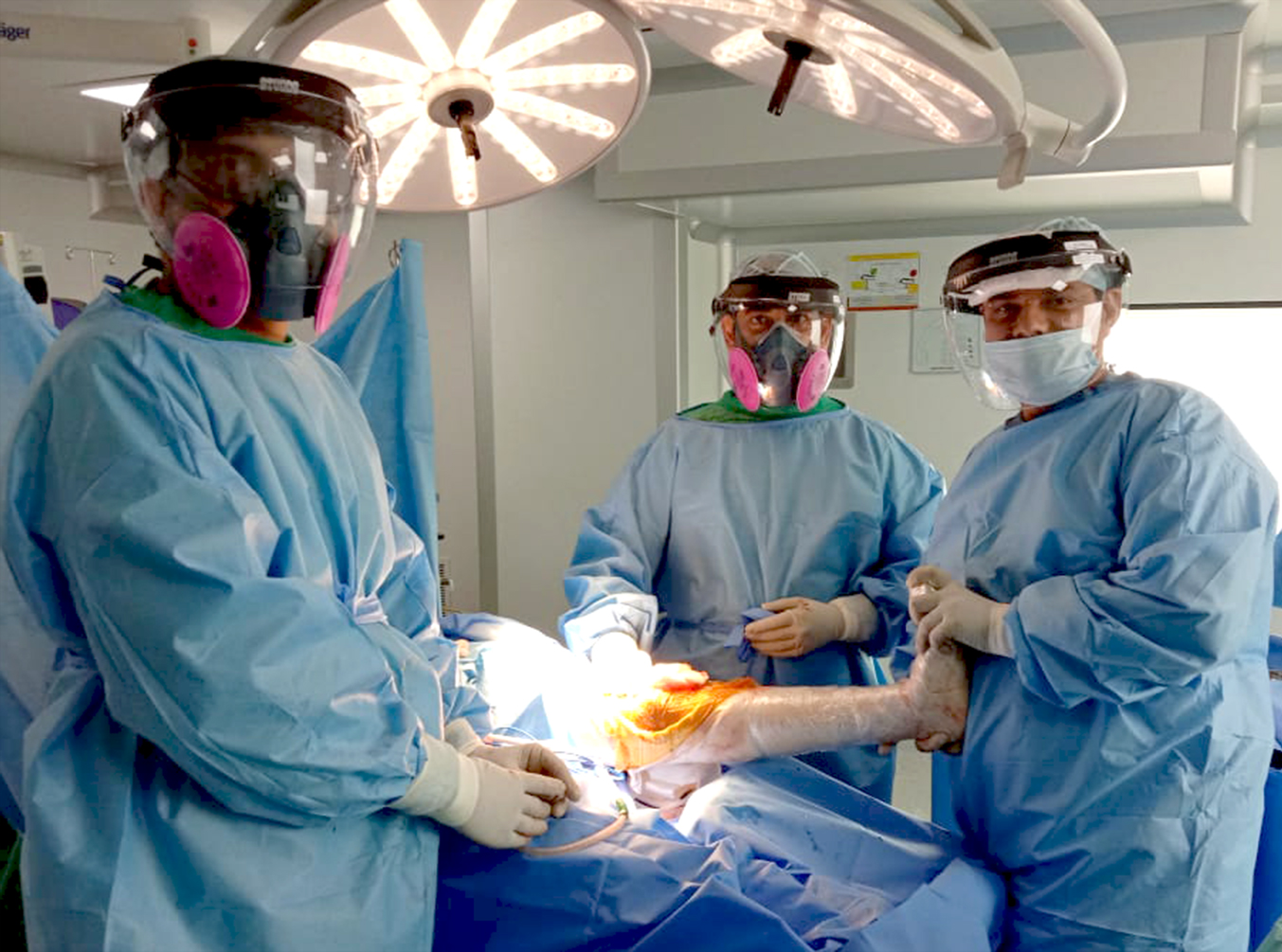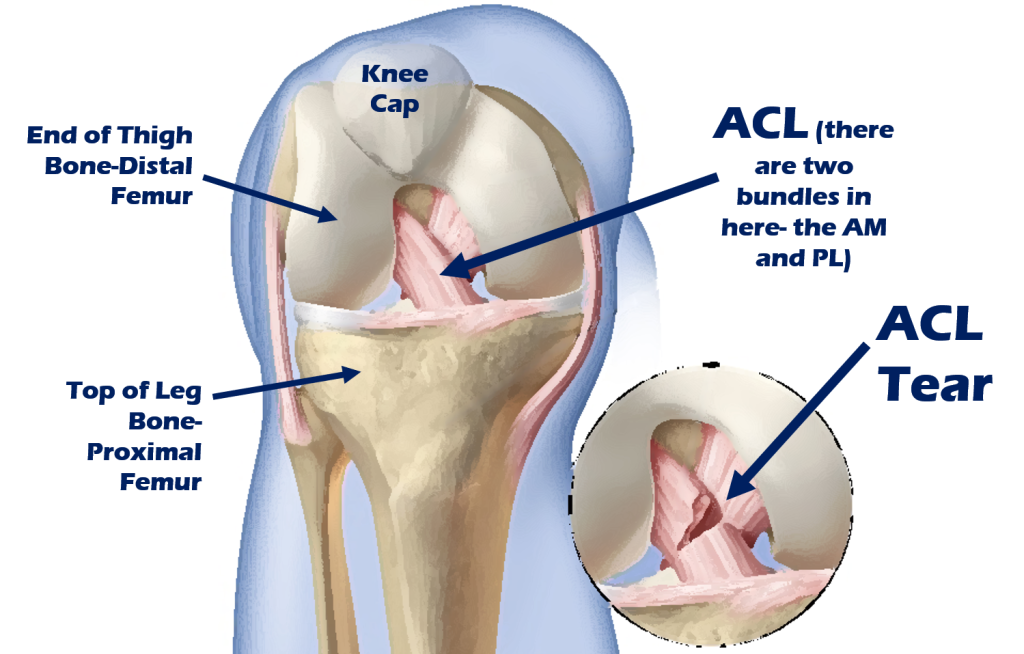Most athletic or Sports injuries sound the same, although there are major differences them. A glossary of some common issues is here:
To sprains. Ligament injuries, which are the fibrous connective tissues that link one bone to another. The ligament is stretched in first-degree sprains; some fibres are broken in second-degree sprains; in third-degree sprains, most or all of the fibres are torn. First-degree sprains generate only discomfort and swelling in general, second-degree injuries are often followed by weakness and bluish discoloration due to bleeding, and extreme weakness and diminished mobility result from third-degree sprains.
Strains. Muscle or tendon injuries, the fibrous tissues that connect bones to muscles. Strains also come in first-, second-, and third-degree types, generally known as muscle pulls. Strains are typically caused, like sprains, by a misstep or fall that puts undue stress on a tendon or muscle, so that fibres are stretched or broken.
Tendinitis, Tendinitis. Tendon inflammation, which is frequently caused by overuse or weak mechanics oFasciitis: Inflammation of the fibrous tissue layer that surrounds several muscles and tendons. Overuse is often to blame. Plantar fasciitis, the inflammation of the sole of the foot, which plagues many walkers and runners, is a typical example.
f the body. The main symptom is pain, but there may be warmth, swelling and redness. Usually at the beginning of exercise, the pain is most severe; it eases up during exercise, only to return afterwards with a vengeance.
Synovitis and arthritis. Inflammation of a joint (arthritis) or its surrounding membrane (synovitis). Joint inflammation often happens without being exacerbated by exercise, much like bursitis, but both conditions may also result from overuse or trauma. Popular symptoms are pain and swelling (“water on the knee,” for example).
Dislocations: Dislocations Sometimes very painful and debilitating, when bones fall out of their proper alignment in a joint, dislocations occur. Sometimes a deformity is visible, and the joint does not function properly. While some athletes try to realign (reduce) a dislocation on their own, a physician or highly qualified trainer or therapist can do it.
Fractures: A disturbance in a bone’s consistency and dignity. Nearly all fractures require professional medical treatment, except for broken toes and stress (hairline) fractures.
Contusions: Contuses. The “black and blue.” Bleeding into tissues caused by direct trauma.
Contusions: Contuses. The “black and blue.” BCramps and spasms in the muscles: Muscle contractions that are unduly intense and prolonged can be very painful (the “charley horse”). Gentle stretching can help alleviate cramps; they are avoided by hydration and good conditioning.
leeding into tissues caused by direct trauma.
Abrasions and lacerations: Cuts and scrapes; minor ones can be treated with soap and water and Band-Aids, but special dressings or sutures may be required for larger ones. Tetanus shots are not required if immunizations are held up to date every 10 years with boosters.
Nonsurgical methods of treatment are often recommended before surgery, depending on the type of the issue. In certain cases, however, delaying the surgical repair of a shoulder will raise the risk that it will be more difficult to address the issue later. In the long run, early, accurate diagnosis and treatment of shoulder problems may make a big difference. The joints where your upper-arm bones (humerus), shoulder blades (scapula), and collarbone (clavicle) intersect are your shoulders. On either side of the leg, the humerus fits into the rounded socket of the scapula. A group of four muscles and tendons, called a rotator cuff, keeps each shoulder in place, which covers and protects the humerus and lets you lift and move your arm. Pain may have many triggers in your shoulder. In a fall or crash, you might be killed, or you might have overdone a chore like painting. Often, pain in the shoulder comes from a disease such as arthritis. In other areas of the body, which is called referred pain, it may also stem from issues

